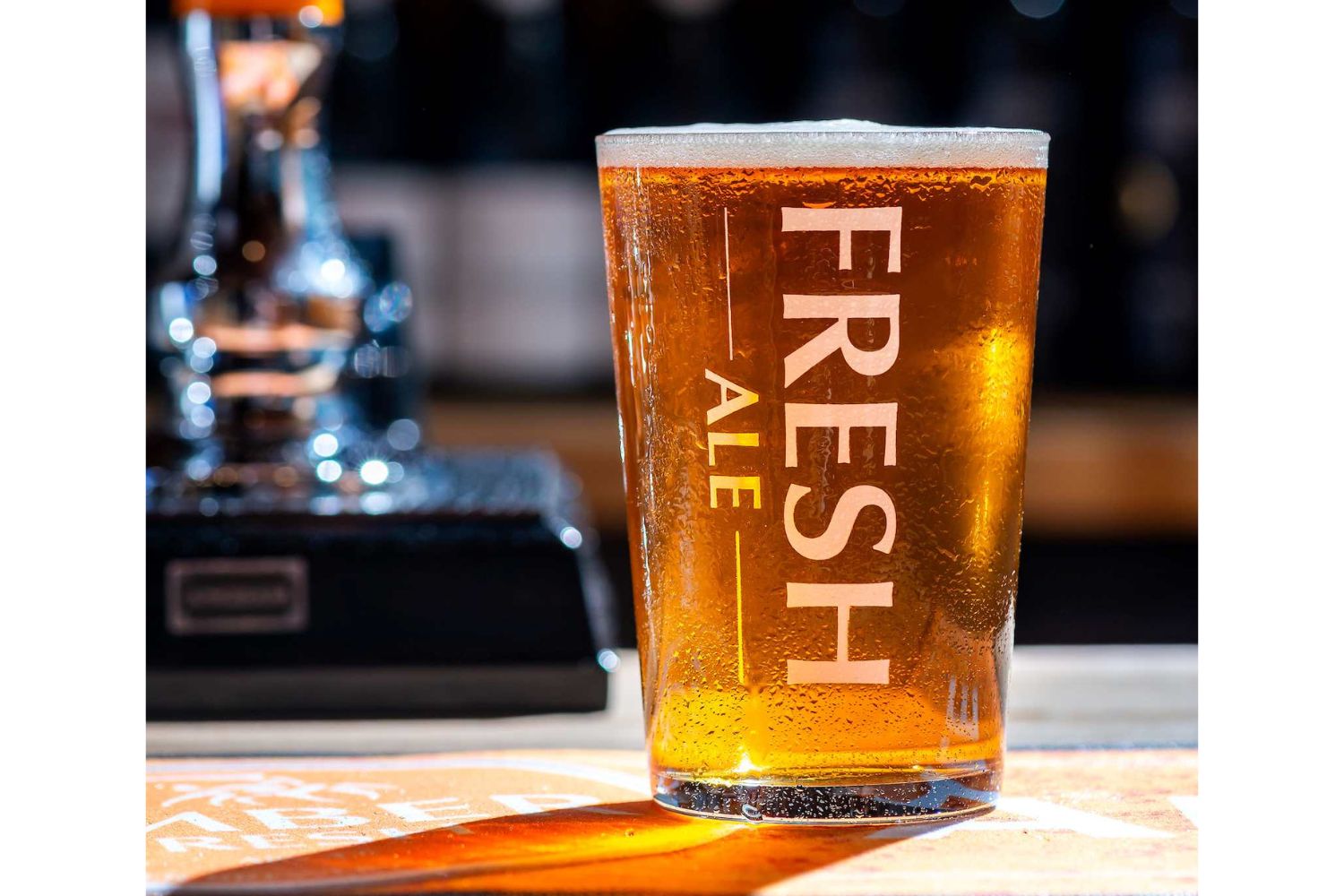After developing and launching fresh ale almost 12 months ago, Otter Brewery is delighted that Carlsberg Marston’s Brewing Co is following suit. Otter managing director Patrick McCaig explains why.

When we launched the fresh ale concept last year, our hope was that this could be the start of an evolution to help save cask ale. After having significant success ourselves with the product (which is now in over 100 pubs), we are delighted that CMBC has entered the category by introducing three fresh ales of their own.
Fresh Ale is a product that has significant benefits for the cask ale market, not only as it bridges the gap between craft beer, cask ale, and lager, but it also brings innovation and a younger demographic to the cask end of the bar.
For the operator, it provides a product that has a 30-day shelf life, making it feasible to a much wider range of outlets than traditional cask. All too often a pint of cask ale can be disappointing, and often this is largely due to the lack of throughput, resulting from too many beers on the bar. Fresh ale comes with a guarantee of flavour and condition.
We completely agree with CMBC in that fresh ale is designed to breathe energy and innovation into the cask end of the bar and is in no way the beginning of the end of cask ale. Currently, the majority of drinkers look to the ‘keg’ end of the bar to make their ‘bar call’. If the introduction of fresh ale means operators can begin to re-evaluate how they position categories on the bar (ale, lager, cider etc) then cask ale will naturally get far more viability and footfall.
We would like to see all ales, including the likes of Camden Pale and Neck Oil, at one end of the bar, with lagers and ciders at the other. This will inevitably position cask ale among keg ale and with that generate a far greater visibility to the category we love and the one that needs attention (cask).
We created fresh ale to reinvigorate cask ale, and we believe that CMBC coming into the category can only be a good thing for cask ale as a whole.

